Second brains, mind maps, and other organizational strategies to unlock creativity
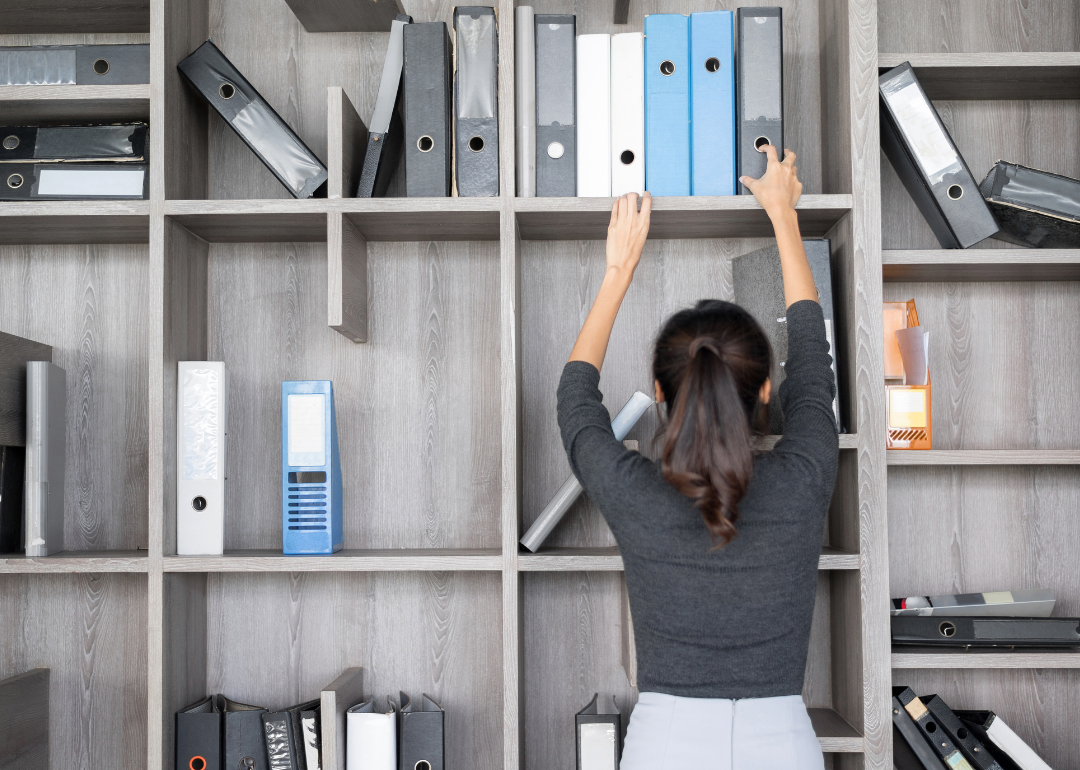
Little Pig Studio // Shutterstock
Second brains, mind maps, and other organizational strategies to unlock creativity
A person organizing their office.
For many of us, marketing emails are reminders to unsubscribe rather than take advantage of whatever massive savings they promise. Getting rid of the email flood might not just declutter your inbox: It could make you more creative. That’s because decluttering—your bedroom, living room, home office, or inbox—is a well-documented way to unlock your creative potential.
Freeing up your physical space also makes room in your head for more creative ideas. While clutter is often associated with more creative minds, research shows actual creative work is more productive in organized spaces. To share innovative ways to tap your best work, Assembly compiled a list of organizational strategies to boost creativity from expert sources.
![]()
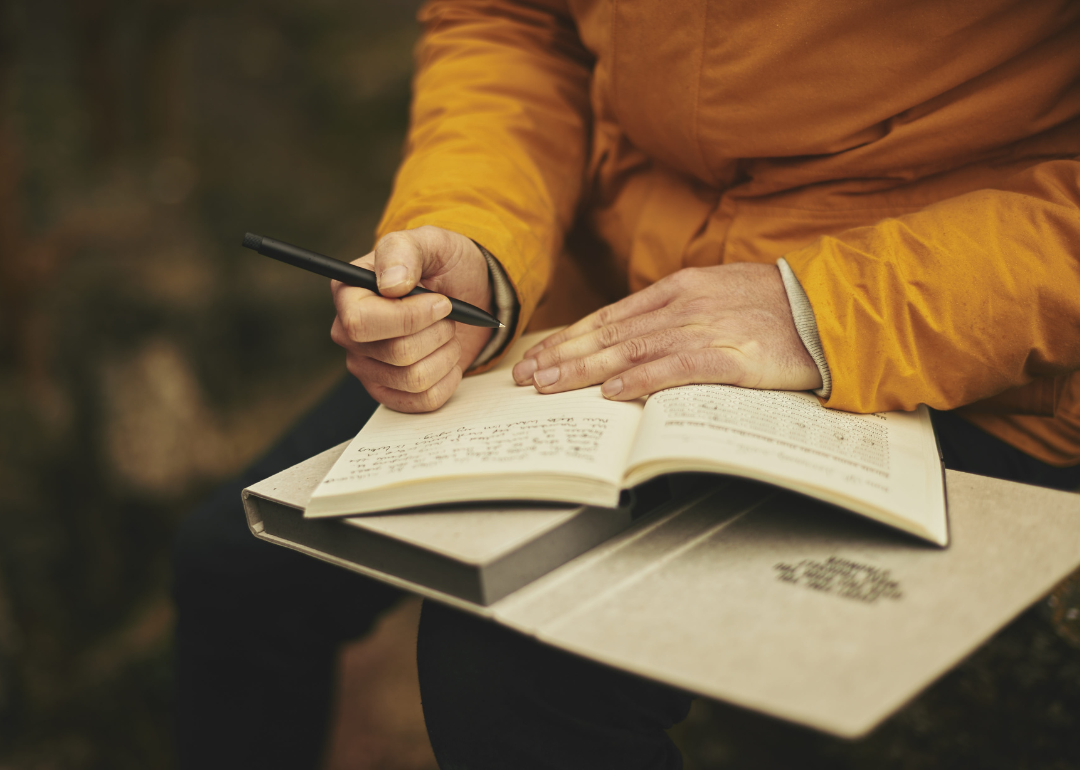
Canva
Journaling
A person writing in their journal.
There are eight types of journals that may boost creativity, according to Kaiser Permanente. You can write about dreams, food, fitness activities, the day’s events, or your to-do list. You can sketch things you’ve seen and ideas you’ve had, write freely in a stream-of-consciousness journal, or reflect on the things, people, and things that inspire a feeling of gratitude.
Each of these can boost creativity in different ways, including improving your writing skills and recording moments of inspiration. They can also help clear your head and process thoughts and feelings, which lets you concentrate on other topics—including what you’re going to create next.
To start journaling, buy a notebook, and write without stopping for a set amount of time each day. Don’t forget to date each entry, so you can see how you, and your ideas, have changed over time. You can also find inspiration by reading the journals of respected artists or writers, such as Frida Kahlo or Sylvia Plath.
Try out the Bullet Journal method of layering multiple types of journaling on top of each other to avoid losing track of your ideas and plans.
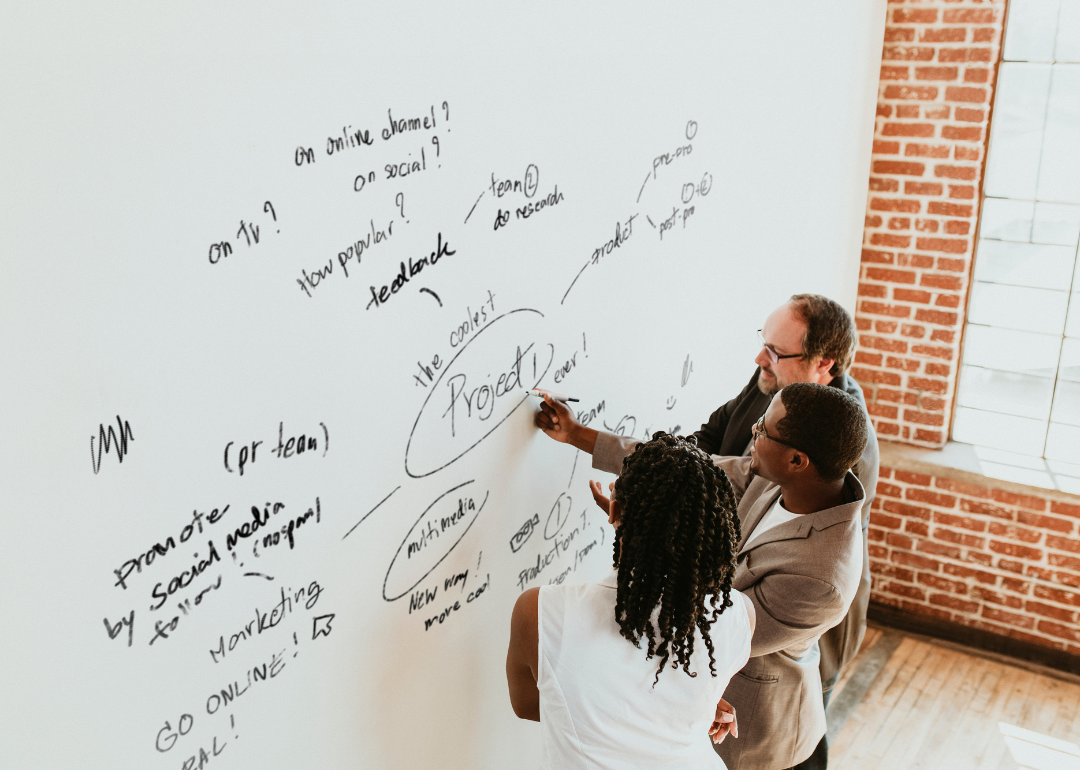
Rawpixel.com // Shutterstock
Mind map
Three coworkers surround a mind map on a white board for a business project.
Mind mapping, showing connections between different ideas, is another strategy to help boost creativity. It might spark new ideas or just a new understanding of long-studied concepts, according to a 2018 study in the Classroom Action Research Journal. Mind mapping takes you out of linear thinking, freeing you to jump to other ideas and connect them.
Mind maps can add another dimension to regular note-taking. You can build mind maps for individual projects or as your primary note-taking technique.
To build a mind map, start with a central idea in the middle of a piece of paper. Then write down and connect other related ideas or subtopics from what you already know. Do more research into the topic and add what you learn. Continue tying ideas together and labeling new elements that form part of the picture. What you make might look like a mess, but it will offer a fresh perspective that can spark new ideas and reveal connections and ways of thinking that might surprise you.
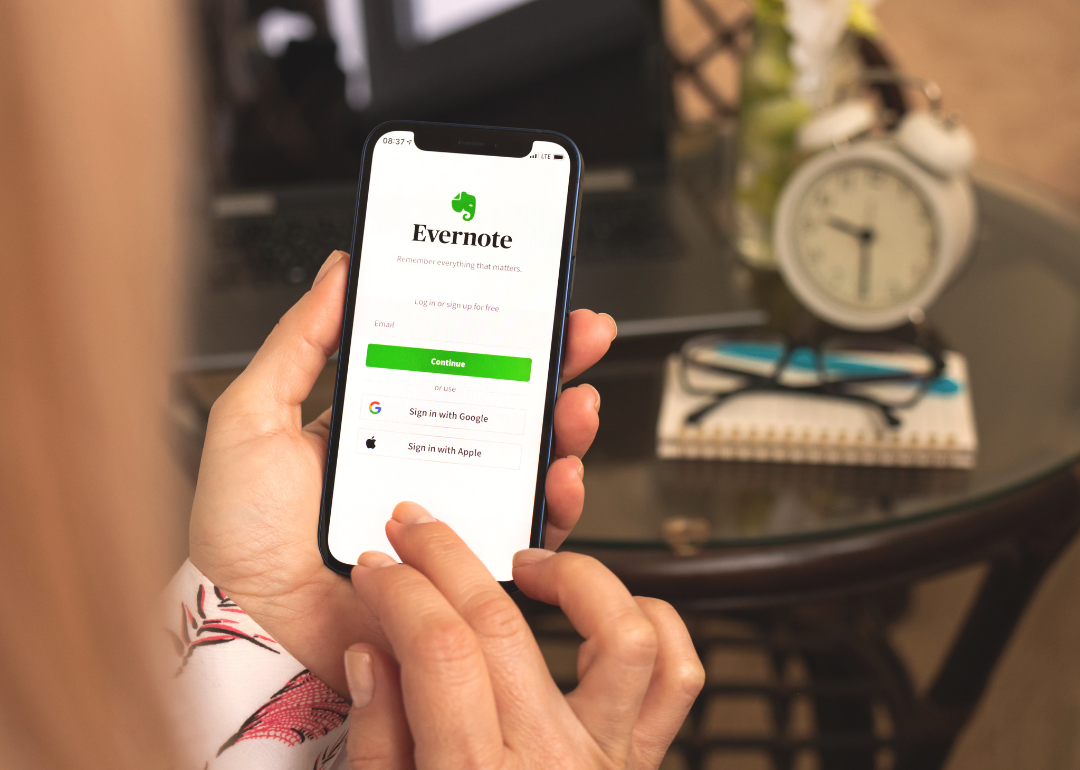
FellowNeko // Shutterstock
Second brain
A person logging into Evernote on their phone to access their second brain.
You might have found yourself wishing for a second brain to keep track of everything you’re supposed to know, deal with, and remember. With some effort, you can build one for yourself—on the internet, not in a lab.
A second brain, formally referred to as a personal knowledge management system, helps boost creativity by storing your existing knowledge outside your first brain, freeing up the gray matter to go beyond recording and retrieving information. It’s different than simply going to Google or other sites every time you want to find something because it’s built specifically for you.
Tiago Forte, who invented the second brain concept, suggests his method of storing your personal information will allow you to: “find anything you’ve learned, touched, or thought about in the past within seconds … [s]ave your best thinking, so you don’t have to do it again; … [and] turn work ‘off’ and relax, knowing you have a trusted system keeping track of all the details.”
The best systems for second brains include multiple organizational methods, storage for different media types—including voice notes and photos, and desktop and mobile versions.
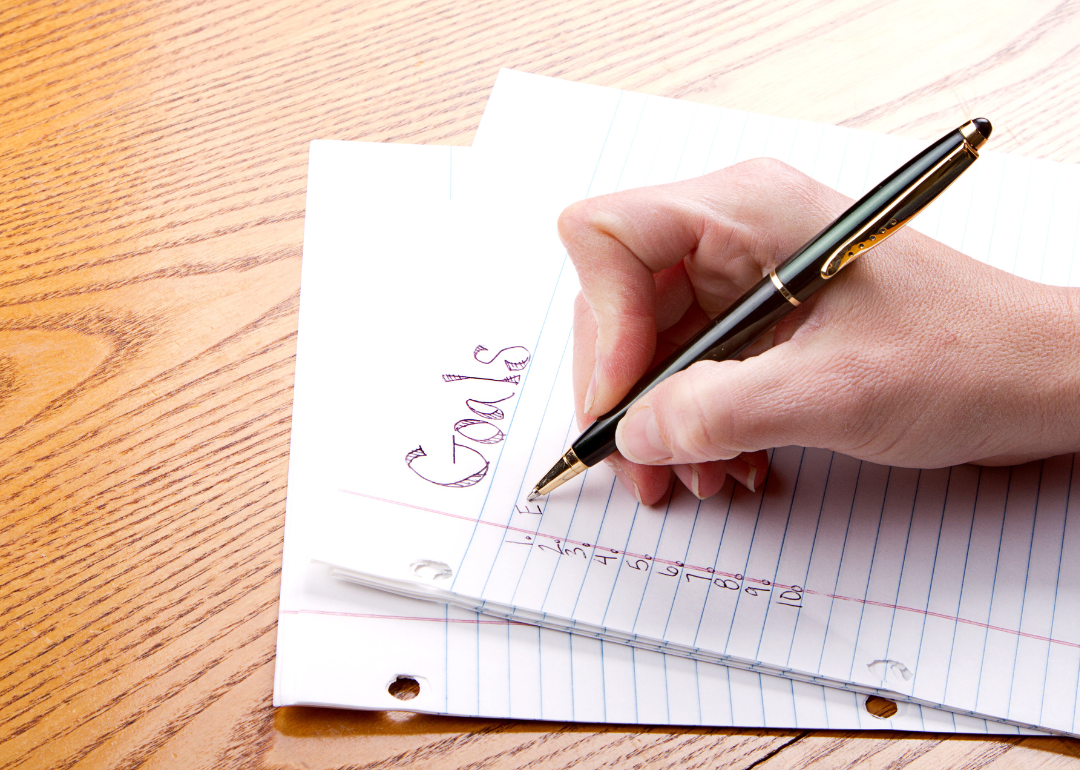
Jenn Huls // Shutterstock
Goal setting
A person writing down a list of their goals.
Outlining what you’re going to do and how you’ll do it gives your brain more room to be creative. Business coaching service Lucemi Consulting supports setting goals because it helps increase focus and motivation while boosting productivity.
Setting goals may offer more time for creative thinking or projects, according to a 2022 academic study. Researchers found that an individual is able to engage with more creative thinking when a specific goal is laid out, whereas they can be distracted, be less creative, and go down unproductive rabbit holes without one.
Improving your focus makes you more creative by giving you deadlines and measuring your progress.
Thought leader Amy Climer often discusses goal-setting as a creativity tool and recommends that writing down goals can make them more real.
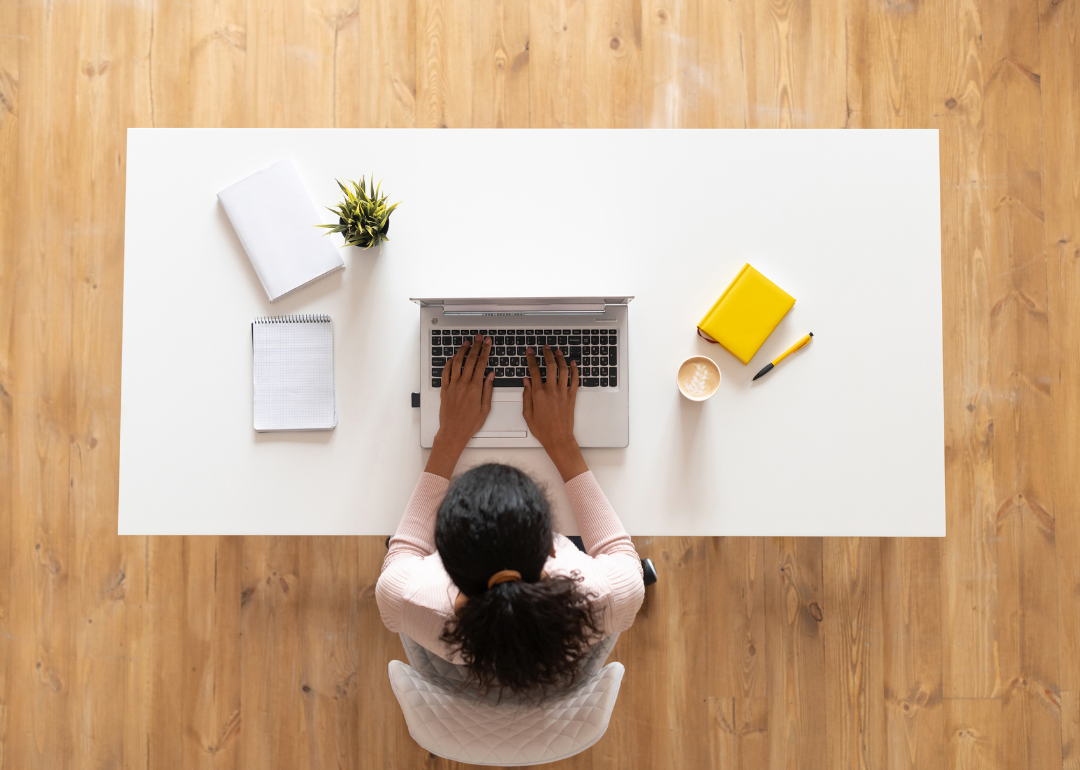
Vadym Pastukh // Shutterstock
Decluttering
An aerial view of a person sitting at an organized, decluttered desk.
Sensory overload can cripple the flow of ideas and slash productivity. Decluttering can help foster creativity.
Whether you declutter your physical or digital workspace—like those unread browser tabs or your notes—these efforts can reduce the mental load you spend on finding and remembering things. That frees up time and brain energy to get stuff done.
Marie Kondo, a leading expert in decluttering for optimizing creativity, recommends discarding anything that does not “spark joy” and organizing what little remains in a clear, functional way. That means paying attention to where an item is placed in a room or digital space to ensure it leaves a clear space for creative thinking and action.
The key to addressing clutter, ultimately, is up to you. Creativity coach Beth Ann Dailey recommends not keeping more than you need nor getting rid of more than you’re comfortable with—some people function well in a bit of chaos, so Dailey suggests finding what works for you.
This story originally appeared on Assembly and was produced and
distributed in partnership with Stacker Studio.